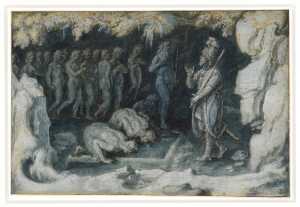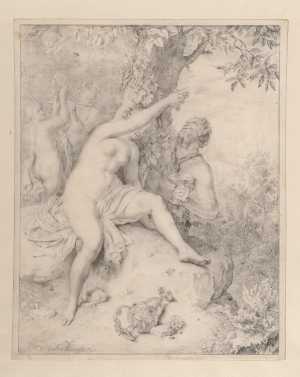Specifications
| Title | Christ on the Cross |
|---|---|
| Material and technique | Pen and brown ink, on fine parchment |
| Object type |
Drawing
> Two-dimensional object
> Art object
|
| Location | This object is in storage |
| Dimensions |
Height 209 mm Width 134 mm |
|---|---|
| Artists |
Draughtsman:
Anoniem
|
| Accession number | I 189 recto (PK) |
| Credits | Loan Stichting Museum Boijmans Van Beuningen (former Koenigs collection), 1940 |
| Department | Drawings & Prints |
| Acquisition date | 1940 |
| Creation date | in circa 1375-1400 |
| Inscriptions | ‘Ad Virgam/ Virgam lava sepe cum vino deco[…]/ Salviae mac[…]/ Item avis cucurbutte sicce/ Sanat unlcera virgae etiam patri[…]/ Ad lubrices/ Ut humbricis aures […]/ Patieti bibere lac/ purum tribus/ Aut puathor duebus, friuta die mau[…]/ Ei abeva trita bibere cum aceto/ Ad tam magnum tonitruum qui/ Expurgiscitus non dormir sed mortum/ Sonttum igitur valde est/ So[…] placere querimus quos/ Non placere domino scimus/ Nec sibi met ipsi/ Presus est qui semet ipsum/ Quotidie exquirere atque/ Cognossere solitibus non est’ (pen and black ink, 15th-C. handwriting); ‘Ego frater […] habeo […] unum librum/ Ego frater […] habeo unum librum de quo non/ Non bene […] eclesia […] Gaudet/ […] animo facet qua […] se in alto auget/ Sunt tria qua […]/ salmon[…] sap[…] veer[…]/ Pauper/ Superbia est eletio penitiosa quae inferiorem desp[…]/ Atque […] pareus sataget donia[…]’ (verso, pen and black ink, 14th-C. handwriting) |
| Collector | Collector / Franz Koenigs |
| Mark | G.C. Rossi ( L.2212) deest, F.W. Koenigs (L.1023a) |
| Provenance | Cavaliere G.C. Rossi (2nd half 19th century, L.2212), Rome; his sale, Stuttgart (Gutekunst) 17.03.1886, lot 1333 (anon. Italian, 12th century, DM 11 to [...]); - ; Hepner; - ; Franz W. Koenigs (1881-1941, L.1023a), Haarlem, acquired in 1927 (Italian, early 14th century); D.G. van Beuningen (1877-1955), Rotterdam, acquired with the Koenigs Collection in 1940 and donated to Stichting Museum Boijmans Van Beuningen |
| Exhibitions | Amsterdam 1934, no. 442; Paris/Rotterdam/Haarlem 1962, no. 1, pl.1 |
| Internal exhibitions |
Italiaanse tekeningen in Nederlands bezit (1962) |
| Research |
Show research Italian Drawings 1400-1600 |
| Literature | Amsterdam 1934, no. 442 (anon. Italian, 2nd half 13th C.); Degenhart 1950a, p. 98, fig. 23 (Italian, 14th C.); Paris/Rotterdam/Haarlem 1962, no. 1, pl.1; Bagnarol 2004, pp. 40-42, fig. 14. |
| Material | |
| Object | |
| Geographical origin | Italy > Southern Europe > Europe |
Do you have corrections or additional information about this work? Please, send us a message























